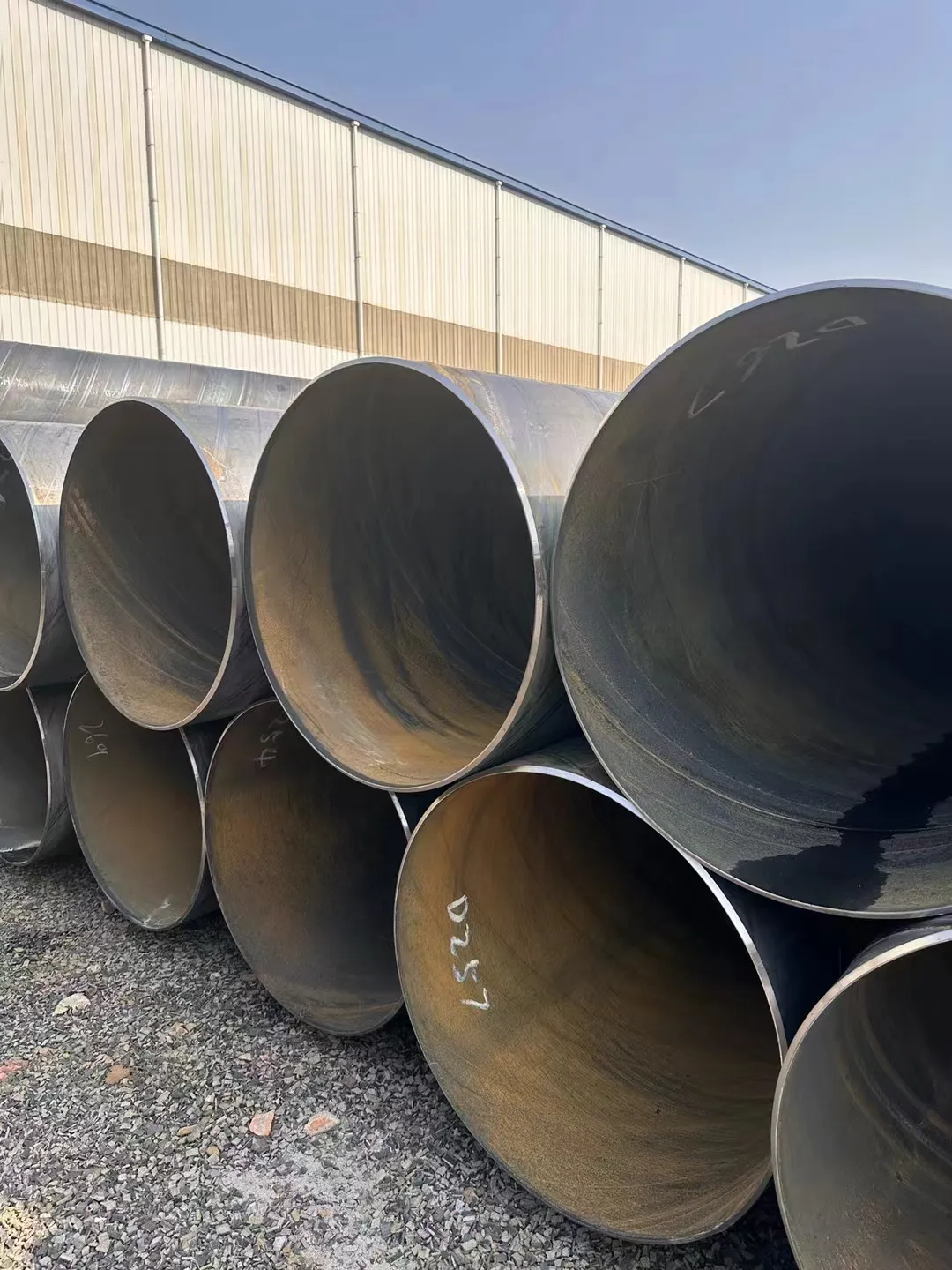-
Cangzhou Yulong Steel Co., Ltd.
-
Phone:
+86 13303177267 -
Email:
admin@ylsteelfittings.com

Dec . 29, 2024 14:42 Back to list
ss welded pipe
Understanding SS Welded Pipe A Comprehensive Guide
Stainless steel (SS) welded pipes are a popular choice in an array of applications due to their excellent corrosion resistance, strength, and durability. The manufacturing process and the material properties make them ideal for various industries, including construction, automotive, and oil and gas. This article aims to explore the characteristics, manufacturing process, advantages, and applications of SS welded pipes.
Characteristics of SS Welded Pipe
Stainless steel welded pipes are composed primarily of iron, chromium, and other alloying elements such as nickel and molybdenum. The chromium content gives stainless steel its characteristic resistance to rust and oxidation. Common grades of stainless steel used for welded pipes include 304, 316, and 321, each offering unique properties to suit specific applications.
The welded pipe is often characterized by its smooth inner and outer surfaces, free from defects, which is crucial for maintaining the integrity of fluid flow in pipelines. The mechanical properties of SS welded pipes, including tensile strength and yield strength, can vary according to the specific stainless steel grade and the welding process employed.
Manufacturing Process
The production of stainless steel welded pipes begins with the preparation of stainless steel sheets. These sheets are then cut into strips and shaped into a cylindrical form. The edges of the strips are aligned and welded together using various methods, with the most common being the TIG (Tungsten Inert Gas) welding and the MIG (Metal Inert Gas) welding processes.
Once the pipe is welded, it undergoes several post-welding processes such as annealing, pickling, and passivation. Annealing involves heating the welded pipe to a specific temperature, then cooling it to remove stress and improve corrosion resistance. Pickling is a chemical process that removes the surface oxide layer, while passivation enhances the corrosion-resistant properties of stainless steel by forming a protective oxide layer.
ss welded pipe

Advantages of SS Welded Pipe
One of the primary advantages of stainless steel welded pipes is their exceptional corrosion resistance. This makes them a preferred option for transporting fluids in harsh environments, such as in chemical processing plants. Furthermore, the strength-to-weight ratio of stainless steel welded pipes is favorable, allowing for lighter structures without compromising strength.
Another significant advantage is their versatility. Stainless steel welded pipes can be produced in various sizes and thicknesses, making them suitable for a wide range of applications. Additionally, the ability to customize specifications for various industrial needs makes these pipes highly adaptable.
Applications of SS Welded Pipe
Stainless steel welded pipes are utilized in numerous applications, largely due to their strength and durability. In the oil and gas industry, they are employed to transport various substances, including crude oil and natural gas. Their corrosion-resistant properties make them suitable for offshore installations and environments with high saline content.
In construction, SS welded pipes find their applications in structural components and frameworks. Their aesthetic appeal also makes them a popular choice for handrails and architectural elements. Additionally, industries such as food processing and pharmaceuticals use stainless steel welded pipes for their sanitary properties, ensuring that products remain uncontaminated during transport.
Conclusion
SS welded pipes play a crucial role in modern infrastructure and industry. Their unique properties, such as corrosion resistance and strength, along with the advancements in welding technology, have led to their widespread adoption across multiple sectors. Whether for transporting fluids in extreme conditions or as supportive structural elements, stainless steel welded pipes are an indispensable component in today's industrial landscape. Understanding their characteristics and applications can help businesses make informed decisions for their piping needs, ensuring safety, efficiency, and longevity.
Latest news
-
ANSI 150P SS304 SO FLANGE
NewsFeb.14,2025
-
ASTM A333GR6 STEEL PIPE
NewsJan.20,2025
-
ANSI B16.5 WELDING NECK FLANGE
NewsJan.15,2026
-
ANSI B16.5 SLIP-ON FLANGE
NewsApr.19,2024
-
DIN86044 PLATE FLANGE
NewsApr.19,2024
-
DIN2527 BLIND FLANGE
NewsApr.12,2024
-
JIS B2311 Butt-Welding Fittings LR/SR 45°/90° /180°Seamless/Weld
NewsApr.23,2024
-
DIN2605-2617 Butt-Welding Fittings LR/SR 45°/90°/180° Seamless/Weld
NewsApr.23,2024











